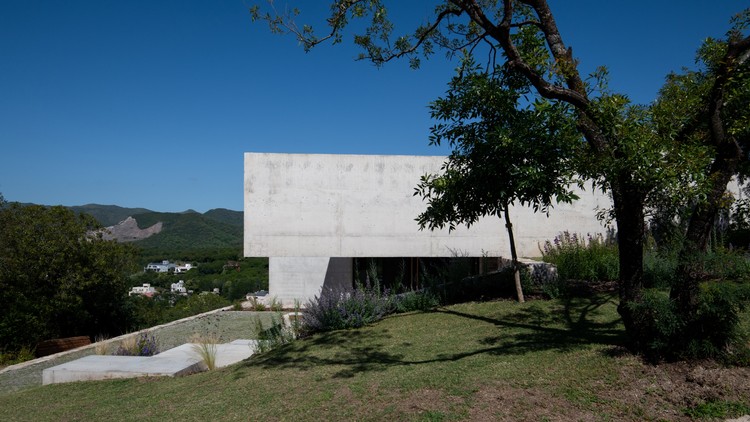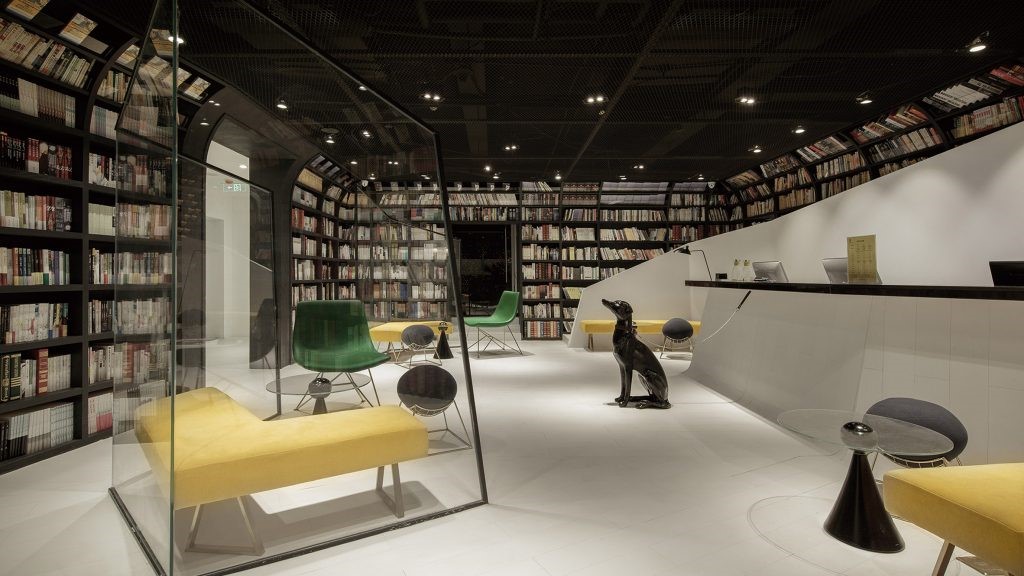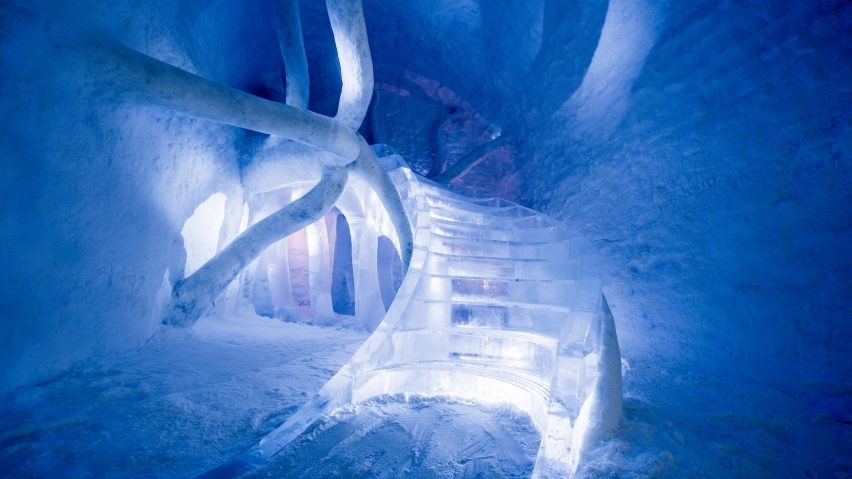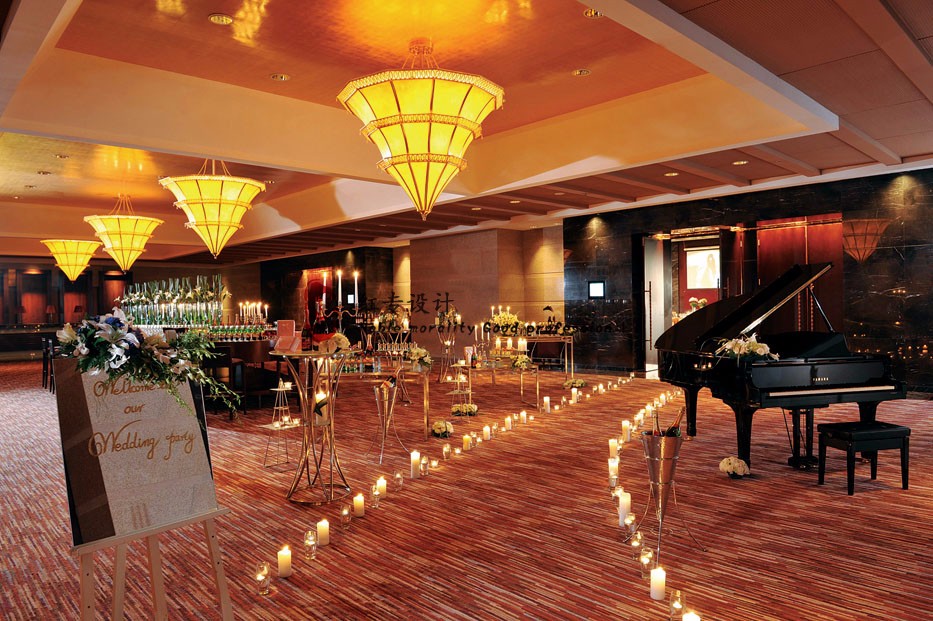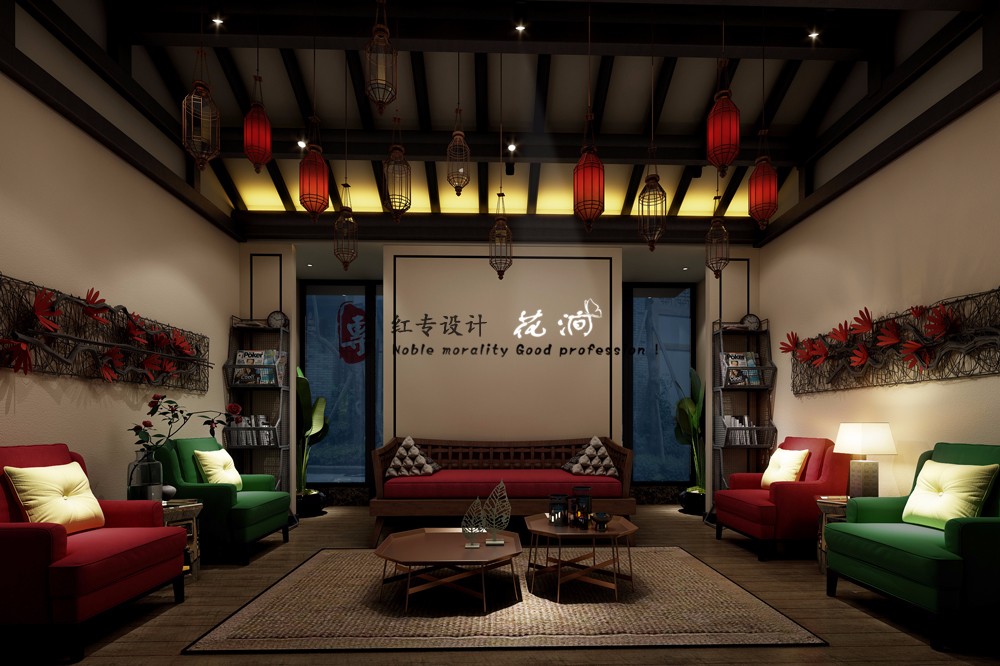Arjuna Hotel Batu KsAD
2016-07-29 21:00
© Chendra C
(C)Chendra C


架构师提供的文本描述。一家小型精品酒店,作为城市步行城的一部分.它是从一个封闭的竞争中开始的。客户简介很简单,因为现场位置在市中心,靠近巴图市政厅(Alun-Alun Batu),他们希望有一家酒店能够独树一帜,并能反映出酒店的位置。他们想要一家简单的经济型酒店,但能很容易地记住这座城市.
Text description provided by the architects. A small boutique hotel as a part of urban pedestrian city ...Its started from a closed competition. The clients brief were simple, because of the site location is in the heart of the city, and near the batu cityhall (alun-alun batu), they wants to have a hotel that can be unique and can reflect of the location. They want a simple budget hotel but can easy remembered for the city...
© Mansyur Hasan Photography
(3)Mansyur Hasan摄影


位于海拔700至1700米的东爪哇巴图市的温度介于17摄氏度至27摄氏度之间。湿度约为77%-86%,加上风速为6.06公里/小时,使得该市在旱季和雨季的天气变化不大。巴图和周边地区成为一个放松和旅游的理想场所,由舒缓的气候,多山的地形和自然美的地方支持。
Located at 700 to 1,700 metre above sea level, the temperature in Batu City of East Java range between 17 oC to 27 oC. Humidity that is approximately at 77-86%, coupled with wind velocity at 6.06 km/h have made the city experience a very little difference in terms of weather in dry and rainy season. Batu and the surrounding area became a perfect place for relaxing and tourism, supported by the soothing climate, mountainous topography, and natural beauty of the place.




这家酒店是以尊重场地的方式设计的。通过采用被动冷却,特别是在底层大堂和酒店客房中,最大限度地发挥了自然潜力。建筑质量是多孔的,在不同的墙壁侧采用窗孔,以实现交叉通风。(不过,在运作期间,酒店管理层最近决定在每个房间增加空调单元,作为一项可选的功能)。
This hotel was designed with site respect approach. The natural potentials were maximised through the application of passive cooling, especially in ground floor lobby and hotel rooms. Building masses are porous, employing window openings in different wall side to enable cross ventilation. (However, during operational time, recently the hotel management decided to add air conditioning unit in each room as an optional feature).
© Chendra C
(C)Chendra C


这座酒店的建筑不是位于工地中央的一个巨大而庞大的建筑,而是几个较小的建筑,让他们看起来更苗条,创造了不同的序列和更多的空间体验,就像在一个土生土长的聚居地一样。大众也利用寺庙的想象,这是一个直观的实验。
Instead of one big massive and bulky building block that sits in the middle of the site, this hotel building comes in several smaller masses, allowing them to look slimmer, creating different sequences and more spatial experiences as in a kampung, the indigenous settlement. The block of masses also draw on imaginations of temples, an intuitive experiment.
© Mansyur Hasan Photography
(3)Mansyur Hasan摄影


这种想法是通过利用坡道垂直循环作为楼梯和电梯的替代物来加强的。坡道非常适合残疾人、儿童、行李车,也将丰富客人的空间体验。
This idea is reinforced by utilizing ramps for vertical circulation as a replacement to stairs and elevators. Ramp is considerably accommodating to disabled, children, luggage trolley, and also will enrich the spatial experience of the guests.




该建筑物向后(16米)远离街道,前面的区域贡献了城市空间,并与行人的方式混合,以执行步行城市的节点。开放空间用作商业区,设有宽阔的人行道、坐席和户外就餐区。这一空间仅供机动车辆使用,但除酒店客人外,每个人均可进入。这一地区也作为过渡空间和缓冲的大量交通在前面。
The building sets back (16 m) away from the street, the front area contributes to urban space and blends in with the pedestrian way to perform the nodes of the pedestrian city. The open space is used as commercial area with wide walkways, sitting and outdoor dining area. This space is restricted for motor vehicle, but accessible for everyone in addition to hotel guests. This area also acts as transitional space and as buffer from the heavy traffic in front.
© Chendra C
(C)Chendra C


不像一般的酒店类型,房间排列成火车一样的布局,导致糟糕的自然照明和通风,特别是在房间的厕所,这家酒店采取了不同的策略。它采用“耦合”的概念,每两个房间形成一个质量,使每个房间(特别是浴室),受益于人群之间的差距,获得良好的日光和室外新鲜空气。所有的走廊都是开放的,在尽头,创造了一个通风的感觉和更多的呼吸空间。
Unlike the common hotel typology where the rooms were lined in a train-like layout resulting in poor natural lighting and ventilation especially in the room’s toilet, this hotel applied a different strategy. It applies ‘coupled’ concept; each two rooms form a mass so that every room (especially the bathroom), benefits from the gap in between the masses, gets good daylight and outdoor fresh air. All corridors are open at the end, creating an airy feels and more breathing space.


没有先进的技术,它们都是使用传统的方法,所有的材料都是当地生产的,尤其是对于所有的砖修整,它们都是在现场建造的。从混合、着色、印刷开始,直至干燥。一种自制的砖,使用周围的当地材料。
There are no sophisticated technology. They are all use conventional method. All the material are locally produced. Especially for all the brick finishing, they were built manurally on site. Start from mixing, colouring, printing, until drying. A Homemade brick, using the surrounding local materials.
© Mansyur Hasan Photography
(3)Mansyur Hasan摄影


色彩方案的灵感来自自然,木材,石头,裸露的波特兰水泥,这建立了建筑和周围环境的复合。所有材料(砖、砂、天然色素)都是由当地采购和手工生产的。在工程现场进行了混色、成型和烘干.以更少的能源、更少的运输成本和更少的污染将足迹最小化。场地尊重。
Colour schemes are inspired from nature; of woods, stones, exposed Portland cements, which establish a compound of building and the surrounding environment. All materials (bricks, sands, natural colourings) are locally sourced and manually produced. The colour-mixing process, moulding and drying were done within the project site. Minimising footprint with less energy, less transportation cost, and less pollution. Site respect.














































Architects KsAD
Location Jl. Panglima Sudirman No.37, Ngaglik, Kec. Batu, Kota Batu, Jawa Timur, Indonesia
Category Hotels
Architect in Charge Yuli Kalson Sagala
Design Team Putri Herlia, Pandu Pradentio.
Area 1800.0 m2
Project Year 2015
Photographs Chendra C, Mansyur Hasan Photography
Manufacturers Loading...

















